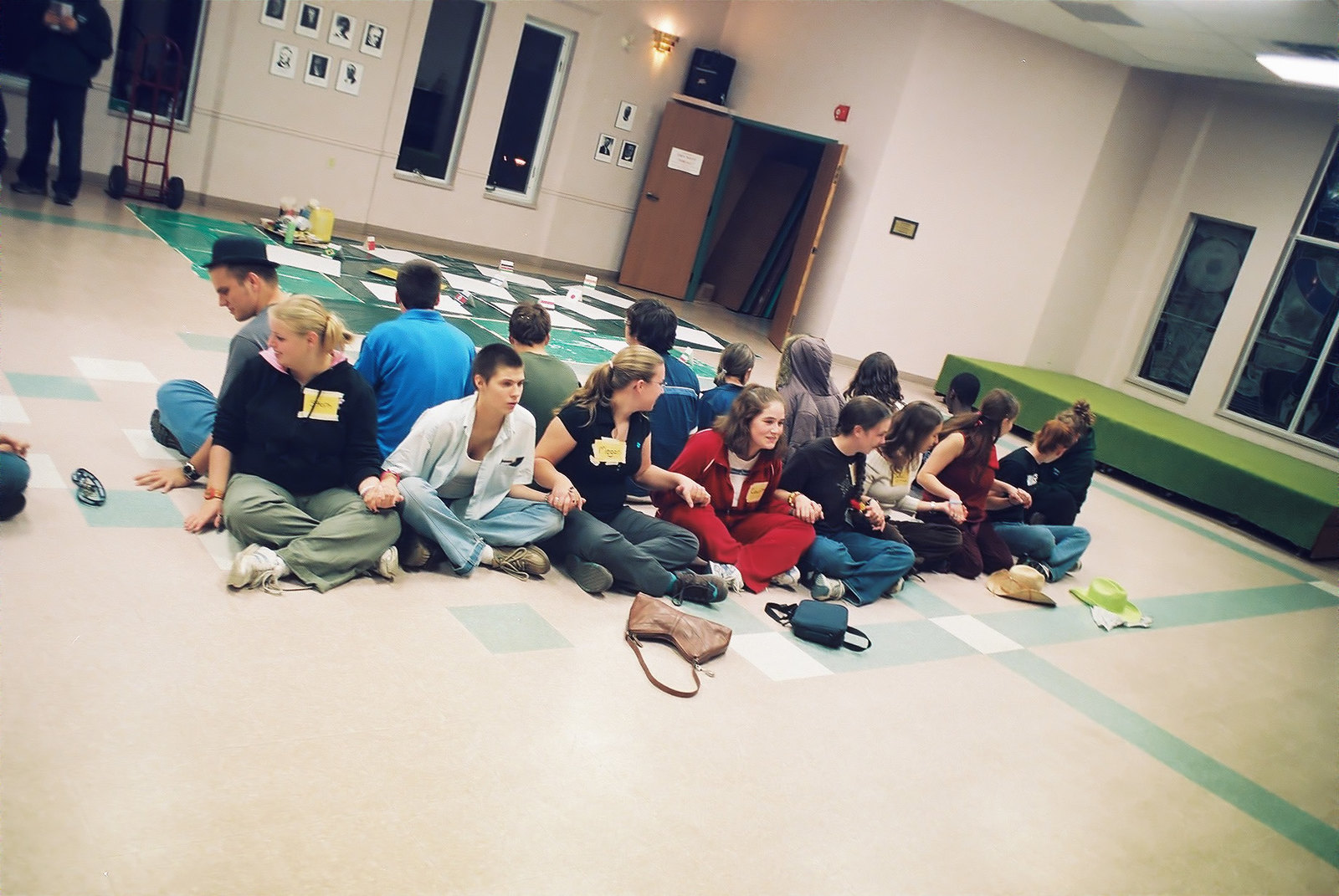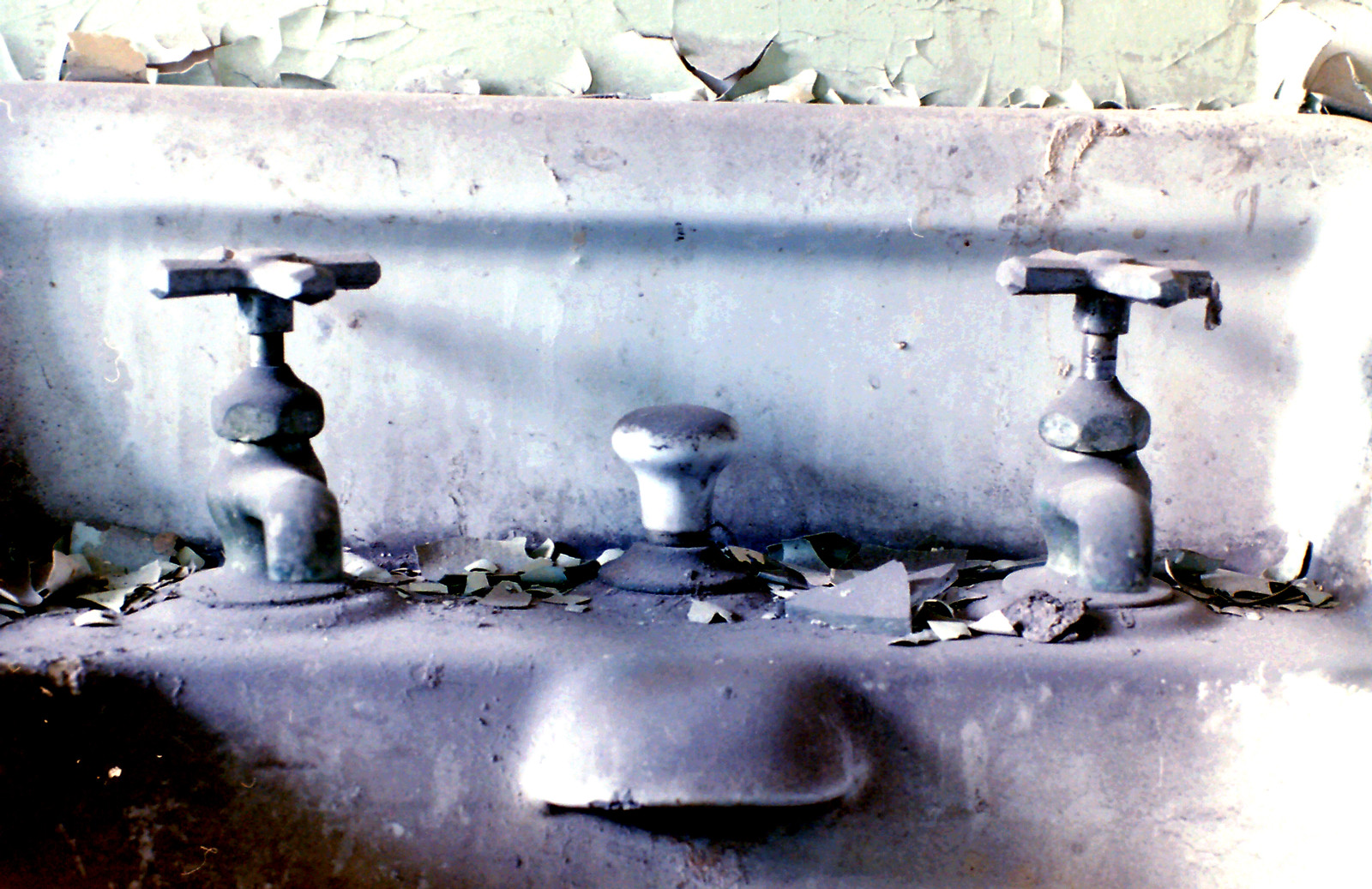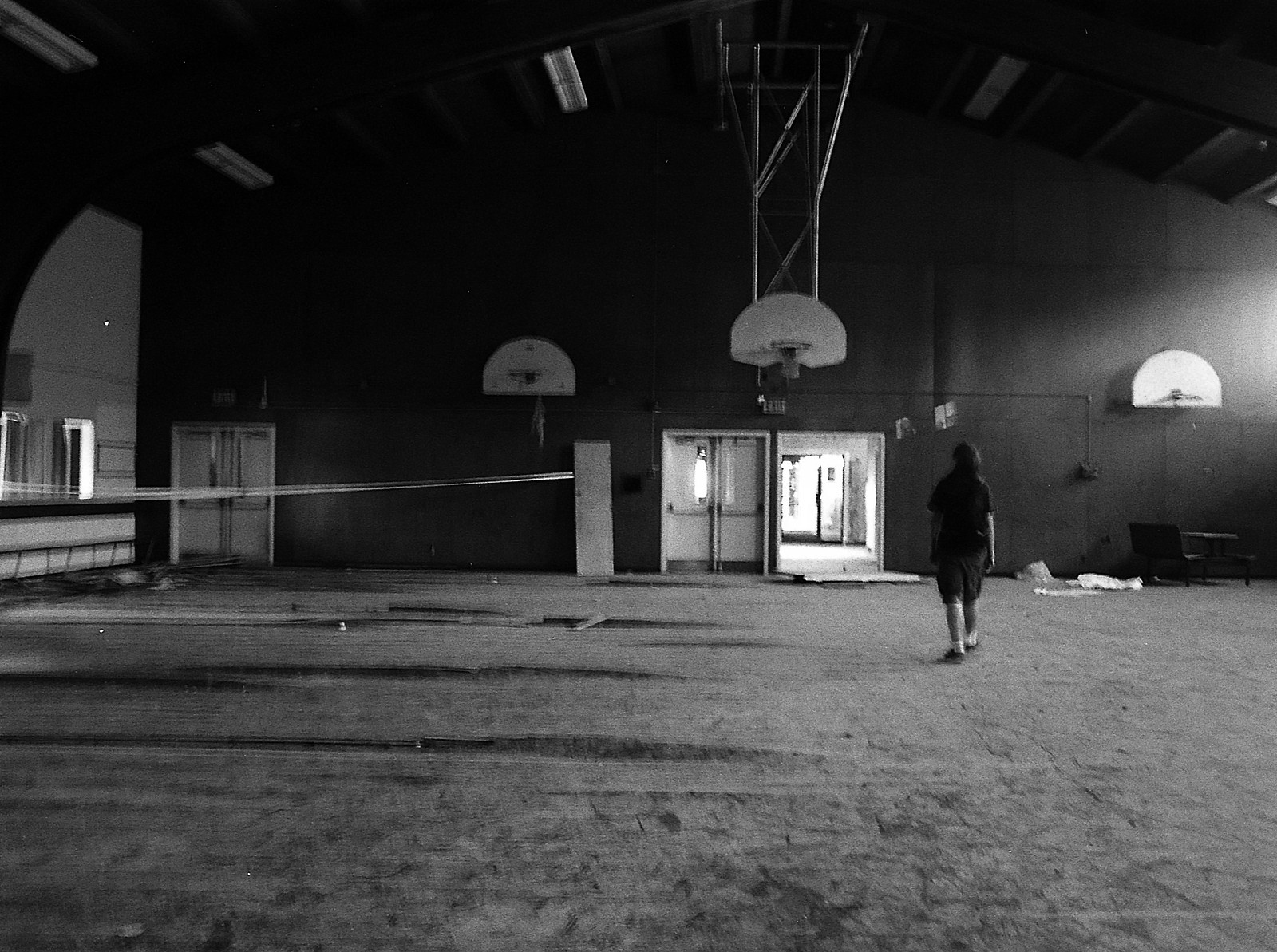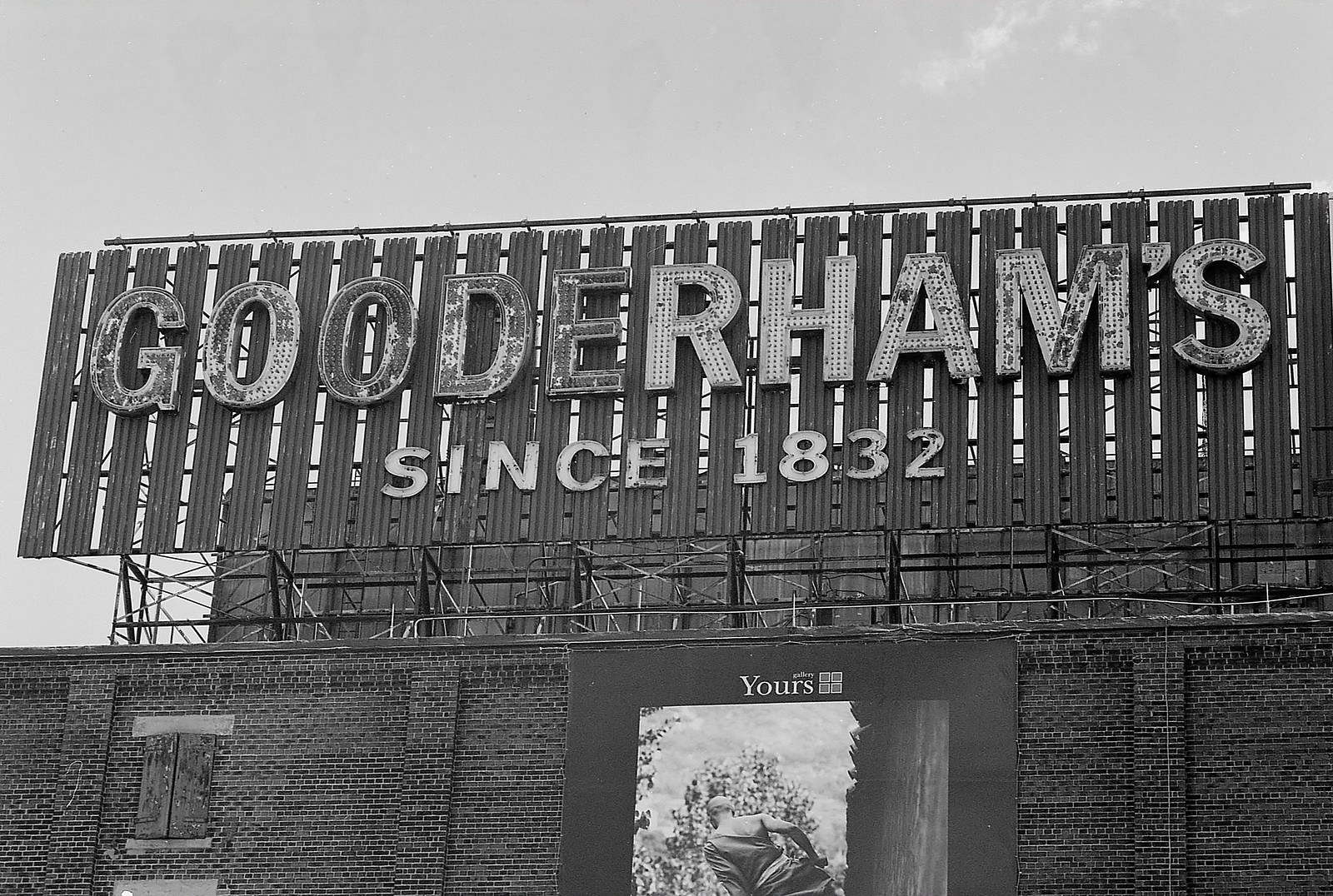Much of my early years of photography were taken up with the Minolta system. From my initial gateway camera, the Hi-Matic 7s to my first SLR the SR-T 102. The next step in my journey would be some level of automation, and for that, in stepped the X-7a. A gift from a church member who was no longer using the camera gifted me the camera and a single lens. But having a set of Minolta SR lenses already, I had an excellent selection of optics. And the camera would be my first experience with a motor drive, go through some of my earliest explorations and be the last camera I used for an all-film PYPS weekend.

Camera Specifications
Make: Minolta
Model: X-7a (alternately X-370)
Type: Single Lens Reflex
Format: 135 (35mm), 24x36mm
Lens: Interchangeable, Minolta SR-Mount
Shutter: Quartz Horizontal Focal Plane Shutter, 4″ – 1/1000″ (A), 1″ – 1/1000″ (M) + Bulb
Meter: 1x TTL SBC Centre-Weighted Cell, EV-1 ~ EV18 @ ASA-100, ASA-12 – ASA-3200
Year of Manufacture: 1985-90


Background
The Minolta X-7a comes from the Minolta highly successful X-Series that started with the Minolta/Leica collaboration that first resulted in the XE and XD. Minolta would take the lessons learned in 1981 and released their own full PSAM camera, the X-700, which was a quick commercial success for Minolta. This spawned a series of other cousin cameras in the X-Series. While these cameras would lack full PSAM, going for an aperture priority plus manual mode. The first of these is the X-500/X-570, followed by the X-300. If you’re familiar with the Maxxum line of cameras, you’ll probably be able to guess what Minolta was doing at this point. The X-700 is aimed at the advanced amateur/semi-pro market, the X-500 is the upper reaches of the consumer market, and the entry-level cameras is the X-300. So, where does the X-7a fit in? Is it a cousin of the X-700 with fewer features? Well, you would be somewhat right. The X-7a is an all-black version of the X-370, a chrome/black two-tone version of the X-300 for the North American market. To ensure you’re keeping up at this point, the X-300 is an all-black semi-automatic (aperture priority) entry-level SLR in all-black. A two-tone version for the North American market has the X-7a, which is the same camera but all black. Despite Minolta’s prowess in R&D, they do make their camera models super confusing. To make things simple, I will be using X-7a from now on. There are three big differences between the X-500 and X-7a: the mode/shutter speed dial is fully covered with a single dial at the front to adjust the mode and shutter speeds in manual function. Second, there is no depth of field preview and, finally, no off the film plane flash metering. What makes it interesting is that the X-7a continued production until 1990, well into Minolta’s move towards autofocus.


Impressions
When it comes to the 1980s X-Series camera, they all look fairly similar. Clean, plastic, all the right controls in all the right places. While some noted differences from the X-700, if you’ve used any of the mid-1980s X-Series cameras, you can easily use the X-7a. The camera itself is small, almost too small for my personal tastes, so I picked up a Motor Drive for my camera in one of my first solo trips into Toronto. But with the small size, it can take up next to no space in your camera bag and allows you to carry around a great deal of more lenses. Despite being plastic, the camera did have a decent weight in hand without being overly heavy. The one thing that I did with the camera is the shrouded shutter speed indicator; it is a sleek look and only shows a single speed in the window or “A” for semi-automatic mode (Aperture Priority). I actually feel that Minolta is what made me prefer aperture priority to shutter priority for semi-automatic functions. The adjustment dial is small but won’t be too much of an issue unless you’re wearing heavy gloves, but if it’s that cold, you probably should not have the X-7a out! The shutter button is a typical Minolta of the age with a soft-touch with a half-press to activate the metering. The viewfinder for the camera’s market is decent, with an LED dot display on the side for displaying the shutter speed.


Experiences
As a second SLR, the X-7a became an excellent step in my own photographic journey and what I look for in a camera. Having learned on an all manual camera that is a tank, moving to something a bit more refined and semi-automatic proved an excellent second step. Aimed at the entry-level market, the camera is simple in use and functionality. The camera is lightweight and easy to handle; loading the camera is simple and is probably easier to load than my SR-T. The one trick that I learned quickly when loading film is to set the shutter speed manually to allow for quicker loading and advancing to the first exposure. In the field, the camera performed well; I shot mostly consumer films with the X-7a, mainly C-41 films colour, some B&W. But I also shot slide film, and the meter handled all the different latitudes. But as I mentioned in the previous paragraph, adding on a Minolta Motor Drive 1 remains one of the best additions to the camera as it added in that extra balance I had needed going from the SR-T to an X-Series. And the X-7a would end up shaping my like of aperture priority. Even when I went to digital and the Nikon system and ditching the Minolta, I was happy when I picked up Nikon F3 and got almost the same experience.


Optics
At least for younger me, one of the best parts is that the X-7a maintained the old SR-Mount for Minolta lenses, allowing me to use all my existing glass. One thing to note is that at this point in the game is that the SR-Mount had two different classes, the older MC and the newer MD. The MD lenses were needed if you were using full Program or Shutter priority mode, so on the X-700 or XD cameras. This means that you can easily use the older SR/MC lenses with your X-7a, and there are plenty of excellent Minolta and third party optics available for these cameras. Personally, if you stick to a 28mm, 50mm, and a short portrait-length lens and you’ll be set. But there are some other excellent optics along the way. The Rokkor-X 45mm f/2 is a good pancake lens and will look excellent on the smaller format. But the best part is that many of these lenses are fairly inexpensive on the used market.


Lowdown
What surprises me the most is that on the used market, these cameras are not cheap. For an X-300, you’re looking at paying between 140-230$, a little less for the X-370, those range between 80-110. And probably that is what makes the X-7a a true hidden gem, being that it is pretty much the same camera as the X-300/X-370 but with a different name bag, you can pick up an X-7a for under 100$ on the used market, most being priced between 35-80$ and some even come with lenses. If you’re looking for an inexpensive second body for your X-System or an inexpensive Minolta SLR, then I wouldn’t say no to an X-7a, and while my days working with these cameras have moved towards more of the 1970s with the XE and XD cameras, I do still have a soft spot for the X-7a, so much so that I ran an XG-M for a few months before passing it along to another photographer.


Further Reading
Don’t just take my word on the Minolta X-7a, you can check out the reviews by other awesome camera reviewers!
Eric Constantineau – Minolta X-7a Review
Casual Photophile – Minolta X-7a Reivew
Daniella Bassett – Minolta X-300 Review
Lomography – Minolta X-300: A Beautiful Analogue Camera